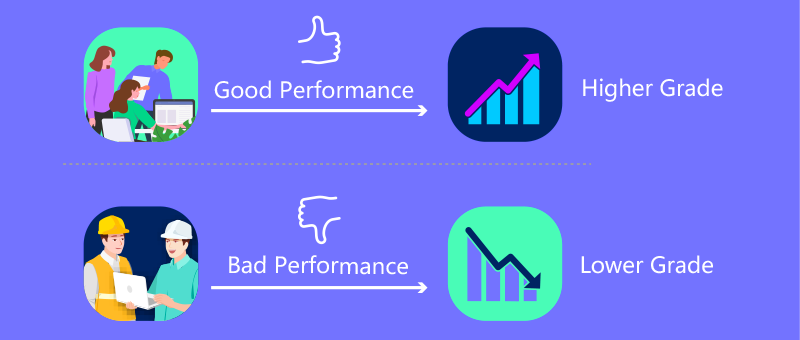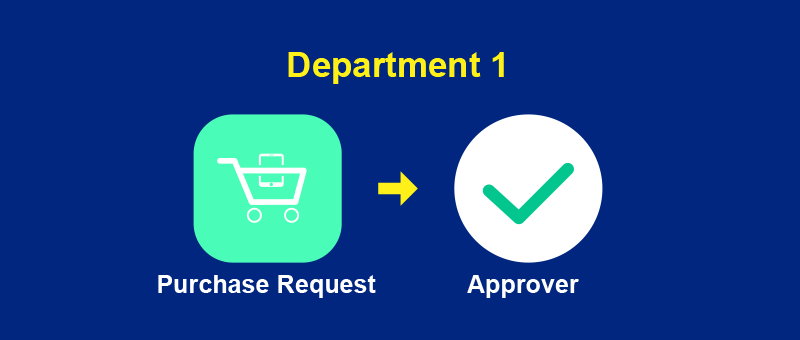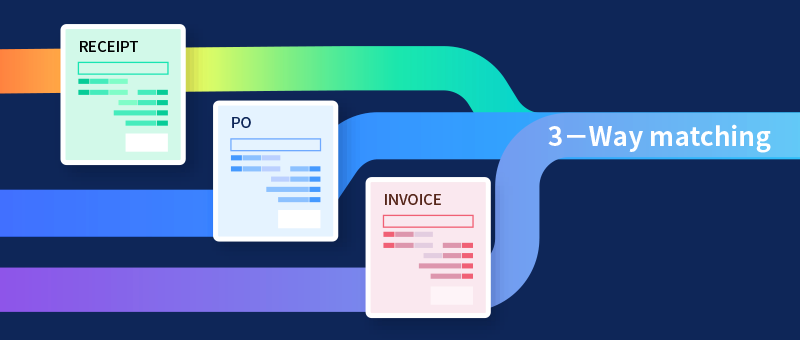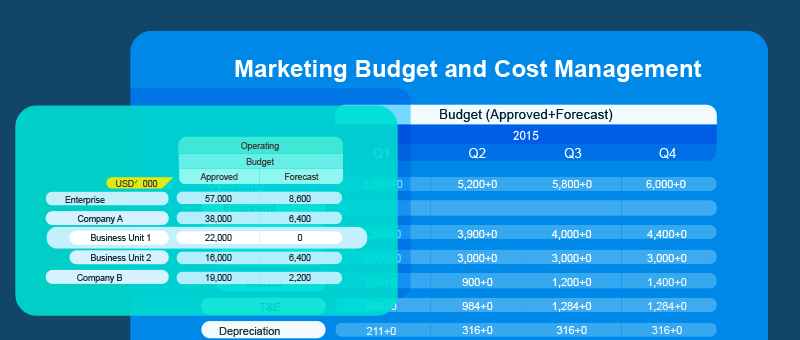
8Manage Fragmented procurement processes



Poor vendor management
Without a centralized system, tracking vendor performance against agreed-upon terms and commitments becomes difficult, leading to potential issues with quality, delivery, and overall satisfaction.
Supply chain fragmentation
Different stages of production, sourcing, and distribution may be outsourced or managed by different companies, leading to a lack of coordination.
Poor Customer Experience
Fragmented processes eventually lead to inconsistent customer service and communication.
 can solve the above problems
can solve the above problems
Question: Are fragmented processes common?
×Google AI Analysis:
Fragmented processes are quite common in many industries and organizations. This occurs when critical processes are not managed as an integrated system, leading to a complex series of handoffs between different functions, jobs, and information systems.
Here's why and how it happens:
Why Fragmented Processes are Common:
Globalization and Technology:
Globalization has made it easier and cheaper to source, ship, and track goods, but it also contributes to fragmented supply chains, where different stages of production occur in various locations.
Organizational Structure:
Many companies have a hierarchical structure, where departments or teams operate independently, leading to siloed processes and communication gaps.
Legacy Systems:
Organizations may have inherited older systems and technologies that don't integrate well with newer ones, resulting in fragmented data and workflows.
Lack of Communication and Collaboration:
Poor communication and collaboration between teams can lead to duplicated efforts, errors, and delays in processes.
Focus on Short-Term Gains:
Some businesses might prioritize cost-cutting or rapid deployment over long-term integration, which can lead to fragmented systems.
Question: What problems paper-based and fragmented procurement processes and systems can lead to?
×Google AI Analysis:
Paper-based and fragmented procurement processes lead to several issues, including inefficiencies, increased costs, and a lack of visibility. These problems can be exacerbated by outdated systems, manual tasks, and a lack of integration across different departments. This ultimately hinders an organization's ability to streamline processes and achieve optimal procurement outcomes.
Here's a more detailed look at the problems:
Reduced Efficiency and Increased Costs:
Manual processes and fragmented systems can lead to delays, errors, and higher costs. For example, manually handling purchase requisitions, approvals, and invoice processing is labor-intensive and can lead to inaccuracies.
Lack of Visibility and Control:
Paper-based systems and fragmented data silos make it difficult to track spending, monitor order status, or identify areas for improvement. This lack of real-time visibility can lead to overstocking, missed deadlines, and unexpected budget overruns.
Increased Risk of Errors:
Paper-based processes and manual data entry increase the risk of errors, such as incorrect order quantities or missing information.
Difficulty in Supplier Management:
Fragmented processes can make it challenging to manage suppliers effectively, track their performance, and negotiate favorable terms.
Resistance to Change:
Employees may be resistant to adopting new procurement systems and processes, especially if they are comfortable with existing methods.
Reduced Strategic Focus:
Focusing on day-to-day purchases without a strategic plan can lead to inefficiencies and missed opportunities for cost savings.
Inefficient Contract Management:
Poorly managed contracts can lead to legal issues, financial losses, and a lack of control over supplier relationships.
Supply Chain Disruptions:
Fragmented systems can make it difficult to respond to changes in the supply chain, leading to delays, shortages, and increased costs.
Lack of Data and Analytics:
Manual processes and fragmented systems limit the ability to gather and analyze data, making it difficult to make informed decisions and optimize procurement practices.

































































































 can solve the above problems >>
can solve the above problems >>




